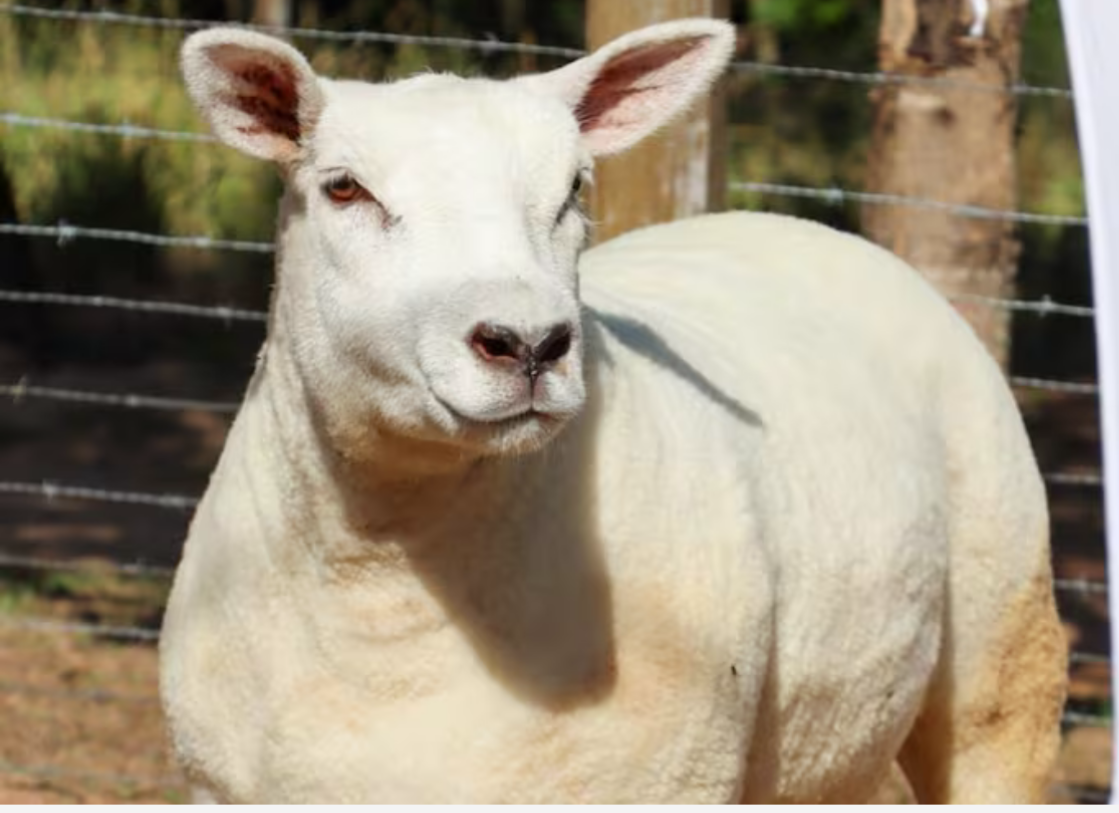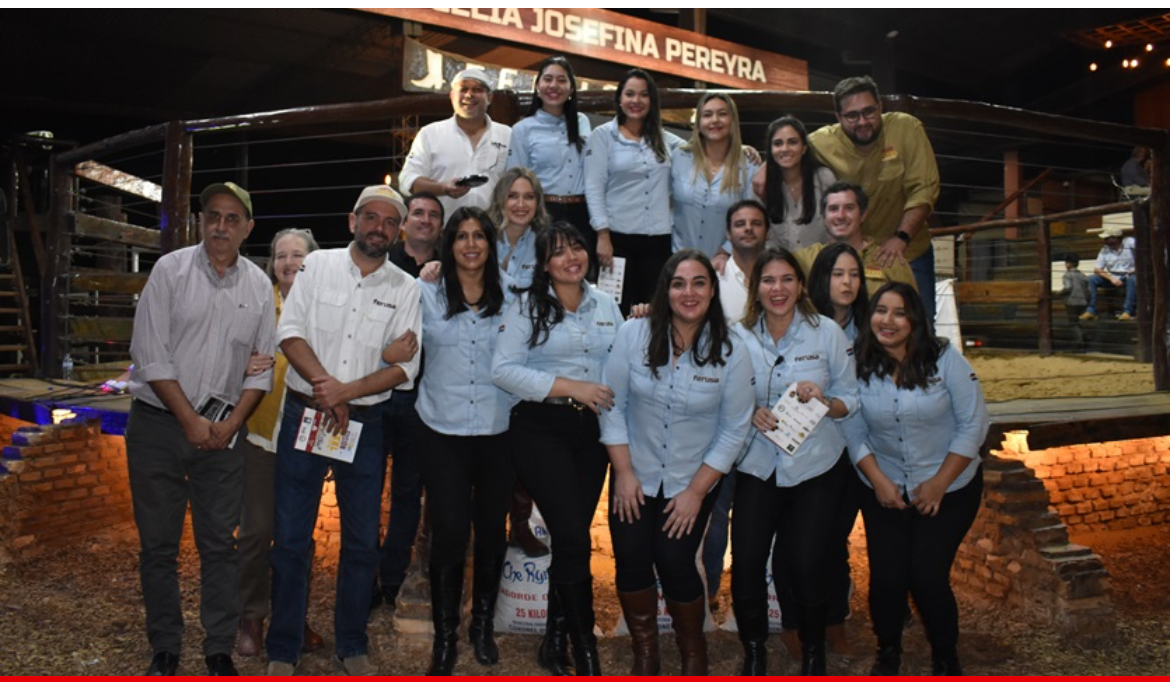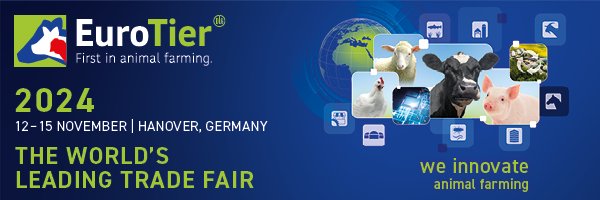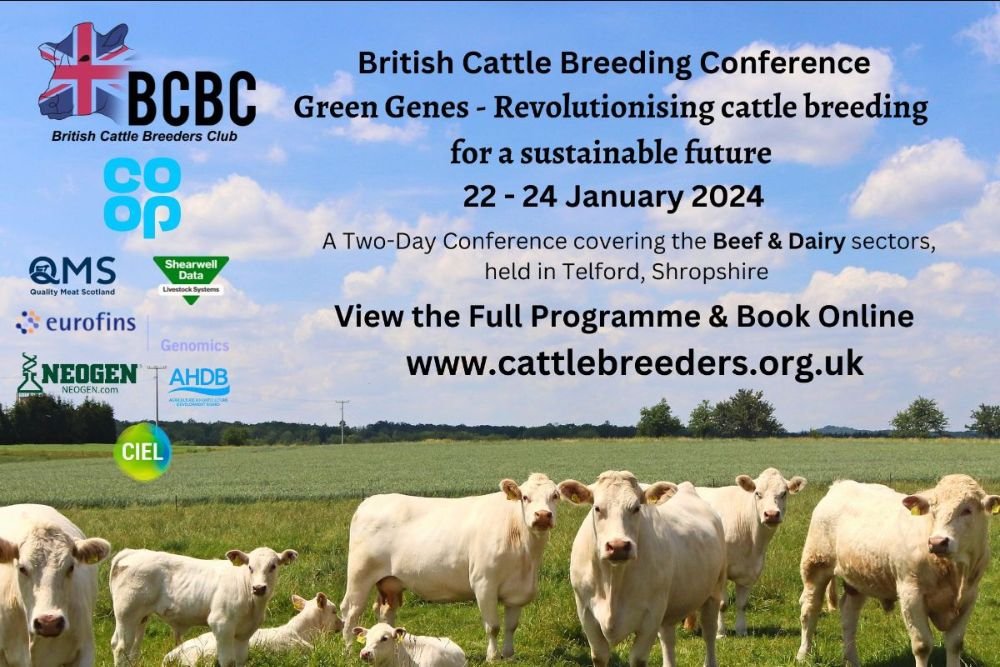The UK’s Livestock Farmers Head to EuroTier 2024: A Must-Attend Event for UK Farmers
EuroTier 2024, taking place from November 12-15 in Hanover, Germany, is set to be a key event for UK livestock farmers. Known as the world’s leading trade fair for animal farming and livestock technology, EuroTier offers unparalleled opportunities for those involved in the beef, dairy, pig, poultry, sheep, and on-farm renewable energy sectors. UK farmers are highly regarded by exhibitors for their openness to new technologies and innovative solutions.
Comprehensive Offerings Across 13 Halls
With over 2,100 exhibitors spread across 13 halls and 54 acres of exhibition space, EuroTier covers a wide array of essential topics. Key focus areas include housing and feeding technology, animal welfare, sustainability, automation, robotics, and digitalization. This breadth ensures that there is something valuable for every UK farmer attending the event.
Ticketing and Special Offers
The ticket shop for EuroTier 2024 is open, with significant savings available for those who purchase tickets online. Early buyers can save around 10 euros per ticket compared to on-site prices. Visitors can choose between day tickets and season tickets. Additionally, EuroTier is offering 25 free tickets to the first UK visitors who correctly answer how many hectares the exhibition covers. Entries should be sent to visitor@dlg.org with the participant’s name and occupation.
Innovations and World Premieres
EuroTier is renowned for showcasing world premieres and award-winning technologies. The event is a major draw for UK farmers looking to discover the latest trends and innovations in livestock farming. Past editions have seen ground-breaking products like a teat cup liner for dairy cattle, a previous gold medal winner. The upcoming pre-press conference on September 24 will unveil the winners of the EuroTier Innovation Award 2024, a highlight for this year's event.
DLG-Spotlights and Interactive Displays
The DLG-Spotlights are a key feature at EuroTier, offering visitors interactive displays on topics critical to livestock farming. Highlights include:
· TopTierTreff: A showcase of top genetics in dairy and beef cattle breeding on rotating stage.
· Barn Robot Event: Focused on automatic feed pushing in dairy housing.
· AI on Poultry Farms: Exploring artificial intelligence applications for improving animal welfare, health, performance, and energy efficiency in poultry production.
· Pig Farming without Tail Docking: Industry solutions and best practices from various countries.
International Visitors Lounge
UK farmers can take advantage of the International Visitors’ Lounge, located at the DLG Stand in Hall 13. This space provides a comfortable area to relax, plan the day, and enjoy complimentary soft drinks.
Travel and Accommodation
Travel to EuroTier 2024 is straightforward, with convenient flights to Hanover available, e.g. from both London airports or Manchester. Alternative arrivals airports include Hamburg, Bremen or Berlin as public transport is well-organized. An exclusive airport shuttle service in Hanover airport is available for 25 euros each way. Accommodation options range from luxury hotels to budget rooms in the surrounding area, bookable through various providers, including Deutsche Messe's "Selected Hotel Program" and Get2Fairs.
Tailored Travel Packages
UK farmers can also opt for organized travel packages offered by Field Farm Tours, a UK-based agency that has worked closely with DLG for many years. These packages provide tailored and flexible options, ensuring a hassle-free visit to EuroTier.
All interested parties can visit www.eurotier.com for further details. The DLG (German Agricultural Society), the organizer of the show cordially invites you to visit the event at the Hannover Messe exhibition grounds in November – EuroTier 2024 promises to be an essential event for UK farmers, offering a wealth of opportunities to explore the latest innovations and trends in livestock farming.


































